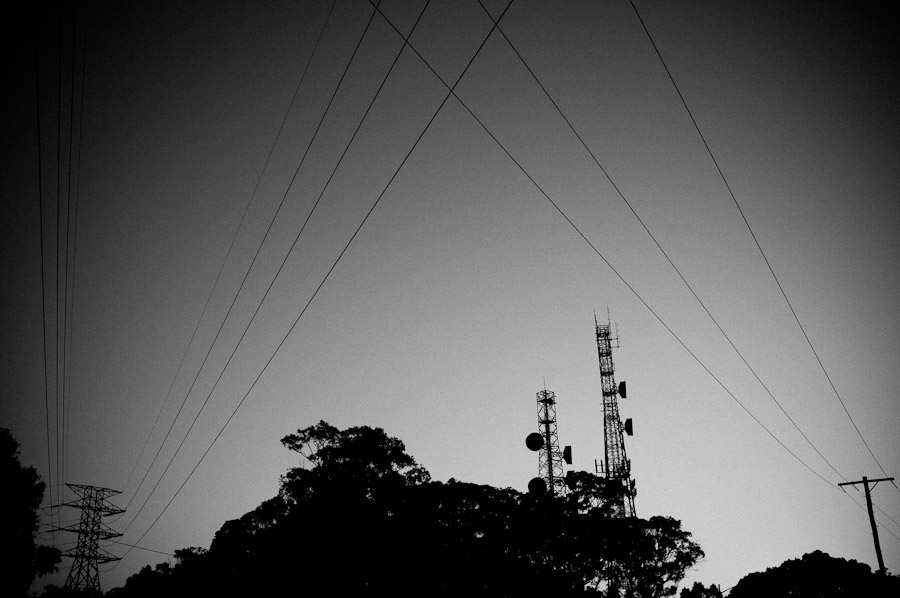I was shooting a wedding all day yesterday, but still managed to find and shoot this at 11:55pm.

Bonus points if you can tell me where it is.
I was shooting a wedding all day yesterday, but still managed to find and shoot this at 11:55pm.

Bonus points if you can tell me where it is.

Shot in the dying minutes of daylight, posted in the dying minutes of the day.
I couldn’t choose just one photo today, so you’re getting 3.
My project, my rules.



White Betty went swimming in some mud today. She loved it.
Chase Jarvis on the “Best Mirrorless of Them All”
Great round-up from one of the modern legends of photography.
Of course the obvious but unstated conclusion is that Fujifilm’s offerings are the best.
(I wish this were a sponsored post, but I just love my X100 and X-Pro 1 is all.)

Mr 3’s legs are so rarely used for sitting, I celebrated with a photo.
It’s funny reading a legit tech guru like Marco on one of my areas of expertise. Not that he pretends to be something he’s not; he just doesn’t “get” why a serious professional photographer [with serious money] would invest in a Leica system, and it’s amusing to see him try.
It’s the glass, silly. (Not just the 35mm f/2, either. And it’s certainly not about landscape performance.) Oh.. and the full-frame sensor in that tiny body. But mostly, it’s the glass.
He does get one thing semi-right: the M9 sensor is “disappointing” at high ISO’s. Then again, “disappointing” is subjective; I reckon I’d settle for Leica high-ISO grain if I could find the money for a full Leica system.
I can’t say I’m unhappy with my “rangefinder”-EVF-hybrid Fujifilm X system, though. Its high-ISO performance is breathtaking, and its price point is as diminutive as its size.
You should rent an X-Pro1 next, Marco.
Just an amazing set of photos shared by @chasejarvis. That’s all.
A couple of days ago, Canon announced their first contribution to the mirrorless camera market.
They’re calling it the EOS M. As far as I can tell, the only good thing about it is the sensor size (APS-C, or 1.6 crop – in the same ballpark as Fujifilm’s X100 and X-Pro1, and significantly larger than micro-4/3’s). The new 22mm f/2 lens looks alright too.
Some photographers will love the compatibility with Canon’s EF and EF-S lenses (via a $200 adapter, mind you). Then again, all of those lenses dwarf the camera, and most of us expect mirrorless systems to be diminutive. Right?
The touch screen might eventually be a game changer for Canon (assuming it’s well-implemented), but on this camera, it comes at the expense of finger-friendly control dials and configurable buttons. I guess you don’t need those when there’s NO VIEWFINDER. (Oh sorry … were you hoping to use this camera outdoors? You’re going to need one of these. What touch screen?)
For $800-odd, you’d expect something smarter than this from Canon, especially given the maturity of mirrorless cameras by Fujifilm, Sony, Olympus and Panasonic.
(Not that Nikon have done any better so far.)